Guaba Fruit: Ecuador’s Delicious Ice Cream Bean
A little while ago, I discovered a very interesting fruit called guaba. It is very common at markets and can be seen on trees in the outskirts of Cuenca. Because of it’s slight vanilla flavor, guaba is also known as the: ice cream bean.

What The “Ice Cream Bean” Looks Like
It is green on the outside and shaped like a bean but fatter. On the inside there are little black seeds with a white, cottony coating, that is a nice treat.
It tastes sweet (not too sweet) with a hint of vanilla. When you first put it in your mouth, it is very fuzzy, but as it gets wet it gets very slippery. Then you have to try to scrap the white stuff off with your teeth.
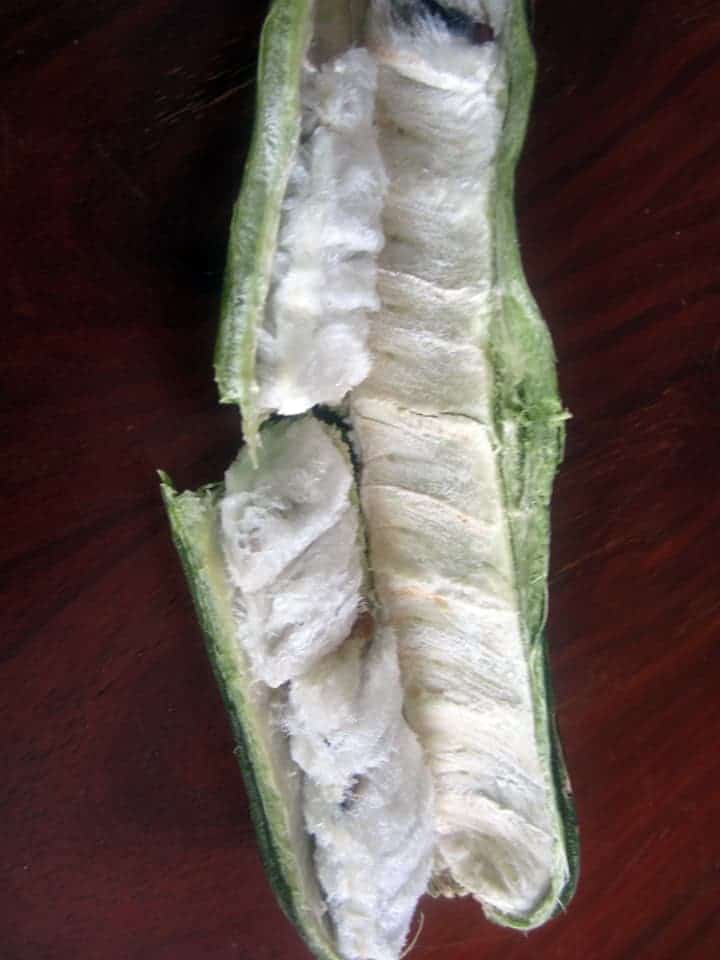
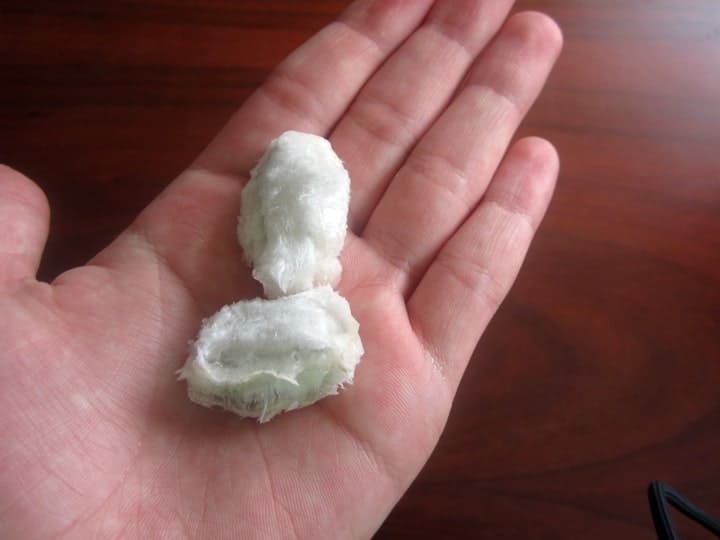
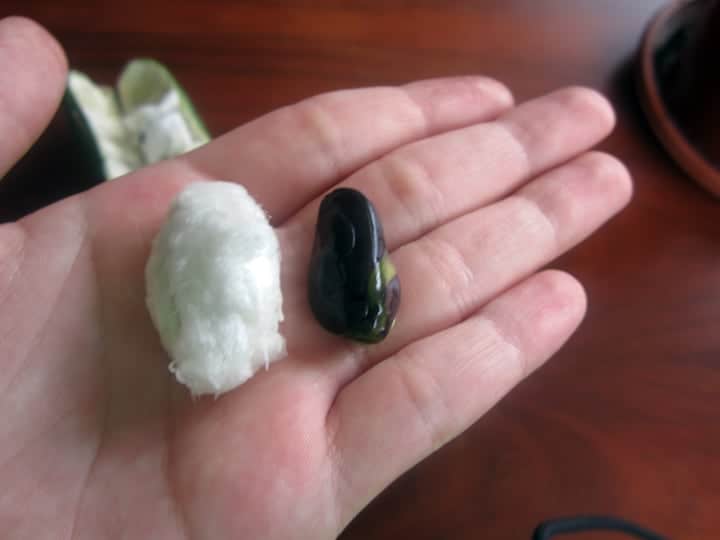

Here are some more of my favorite Ecuador fruits.
It smells like rhubarb to me. Mom said she thought is smelled like green strawberries. It is divided into sections on the inside. These can easily be separated and shared with a group of friends.
Read more about other traditional Ecuador food.

Let me tell you something very interesting about the little black seeds found inside.
Strange Little Black Seeds
One day we were at the Feria Libre (in Cuenca) buying our groceries. At one of the booths mom picked up this strange fruit – that we later learned was guaba – and the lady selling it cracked it open and asked mom to try some, to see if we would like to buy it.
Since we had no idea what it was or how to eat it, mom just took out one of the little sections, popped it in her mouth and chewed it up. Big mistake.
After that, the lady told mom that she wasn’t supposed to eat the seed. And that she was only supposed to eat the white, cottony coating.
Mom said the seed tasted very spicy, not the good spicy, the bad spicy. She spit it out right away.
But not a half-hour later she was dizzy and light-headed, and she couldn’t think straight. We were all pretty worried.
What now?
Well, don’t worry too much. Mom was fine. Me and dad went into a modern grocery store called Super Maxi and bought her some bread while she waited outside on a bench.
After she had the bread she said she was feeling much better. Now I can’t walk by that Super Maxi without thinking about that.
So now whenever we eat the fruit we are very, very careful not to eat the seeds. We don’t know if they have something bad in them or if mom was just allergic to them. But nobody eats the seeds! Fortunately, I can tell if I’ve bitten the seed because it is very spicy!!! So as soon as I taste that, I spit it out right away!
So anyway, it is a nice fruit to have for a snack, just don’t eat the seeds!!!!!!!
I hope you will try this strange, interesting (and cheap) fruit for yourself! Happy travels!
Want to read about more great unique things to eat in Ecuador? Check out more of my posts here. There you will find great Ecuador treats, cool photos, and my view of living in Ecuador for kids.



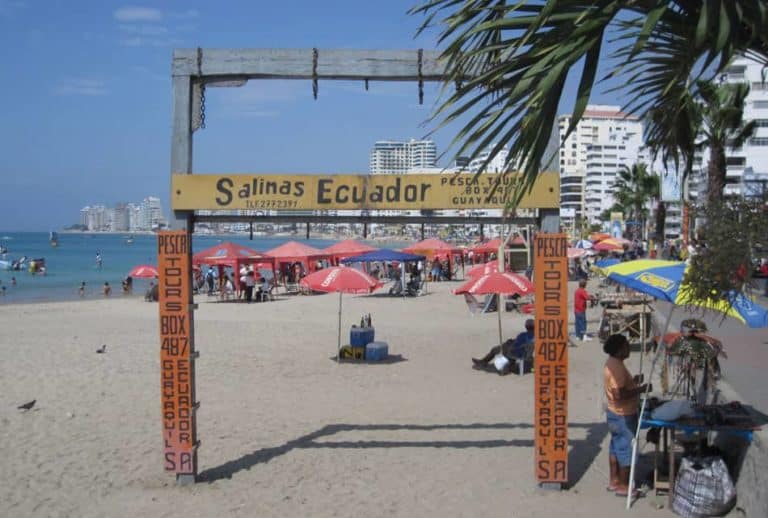
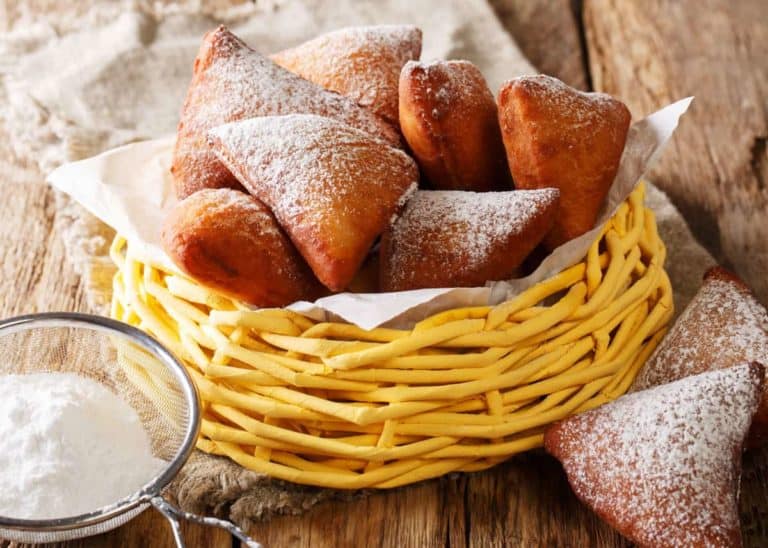

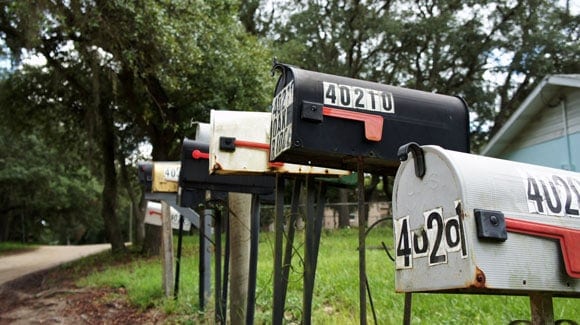
I was born in Peru of US parents and have two passports 🙂 , dual citizenship. With my wife and daughter, we have lived in Peru, Ecuador, Bolivia, and Nicaragua. We have enjoyed Guava over the years. However, we don’t recall eating the seeds (maybe just didn’t recognize them cooked). It’s interesting to note that in Hawaii, where we also live for 8 years, Guayabas are called guavas. I’m not sure if that is Filipino derived or what. Thanks for this article!
David and Lin Schneider
Cesar and Kelsey Mendizabal
Just tried this the first time in Peru, it tasted amazing. Does anybody know about the nutrients?
I.m from bali . n really l don.t know ice cream beans. I have taste already that because of my australians friend
I’d love to try those some day. I just have to remember the name. It sounds a bit like guave.
I’m a year late with this comment but I was just looking through your website. We have this fruit in Hawaii, too. I agree, it is very interesting and kind of fun to eat. I enjoy your post. Hope I get to meet you and your family when we visit Cuenca next Feb.
Save those big shiny black seeds from when you eat guaba!!! They are absolutely delicious and satisfying to eat. While it is true that they are quite nasty and likely to cause severe indigestion raw because they are loaded w/ trypsin inhibitors, those are broken down by heat.
The are apparently eaten roasted in Mexico as a snack but since I don’t have an oven at the moment to try that, I boiled some for lunch. Since they are basically a fresh legume (as opposed to the dried ones) they won’t keep a long time (freezing they would keep a few months) but that also means about 40 minutes boiling and they are done. They have a sweet, starchy, but also rich flavor (I think they have a moderately high fat content) and the dense, sort of creamy texture. They reminded me of a very good potato w/ butter on it. After they were soft, I just added some curry pwder and extra cumin got the water, a whole bunch of onion and garlic, and some chopped mixed veg. An wonderful vegetable stew/soup was lunch. Mucho gusto!
Drew ;as always a beutiful and educational blog, I am jealous of you having all these adventures ,so keep them coming so i can continue to be an armchair traveler
Hope to see you in the new year
Love
BJ
Below are a couple of references. The Pacay article suggests that the seeds can be cooked and eaten as vegetable or roasted and as a nut. Cooking Diva suggests using bean to produce a kind of falafel, as is done in Ecuador.
There is also the suggestion that propagation is easy, so if you have a garden, it will grow there readily unless the climate is cold. The tree is nitrogen fixing, so promotes soil fertility
This is part of a family of plants known as Inga, which grow from Mexico to Peru. It would be worth further research.
http://cookingdiva.net/blog/comments/cooking_with_guava_guaba_inga_punctata_wild/
http://en.wikipedia.org/wiki/Ice-cream-bean
http://en.wikipedia.org/wiki/Pacay
The number and diversity of fruits from the Amazon are staggering. This link explains why guaba seeds and cashew nuts are potentially toxic unless properly processed. Unfortunately the fruits don’t travel well, so you need to go to the region to sample them.
What a great article, Drew! I have wanted to visit Ecuador, now I want to try the Ice Cream Bean! I looked up more on the internet, because I wanted to see what may have happened to your mom, the scientific name of the plant is Inga edulis, and its bark and roots are used in herbal medicine and used in local alcohol drinks. The seeds contain enzymes that aid in digestion, but there was no mention of toxins or poisons, so I think she just couldn’t get the bad taste out of her mouth. I look forward to reading you future articles. Nice job.
In a similar vein, I visited Nicaragua a few years ago and someone pointed out a cashew tree to us. I was surprised to see the nuts scattered around the base of the tree, but the owner explained that in Nicaragua they eat the fruit but not the nuts!
We have these in Panama too. A few years ago our neighbor was eating some of this fruit and tossing the seeds on the ground outside our fence. A seed sprouted and now we have a tree there. She was very excited because it flowered for the first time this year. Maybe it will have fruit too! It’s interesting living in a different part of the world where you can learn about new things.
I’m hoping to visit Ecuador, next year… I’ll be sure to look out for the ice cream beans 🙂